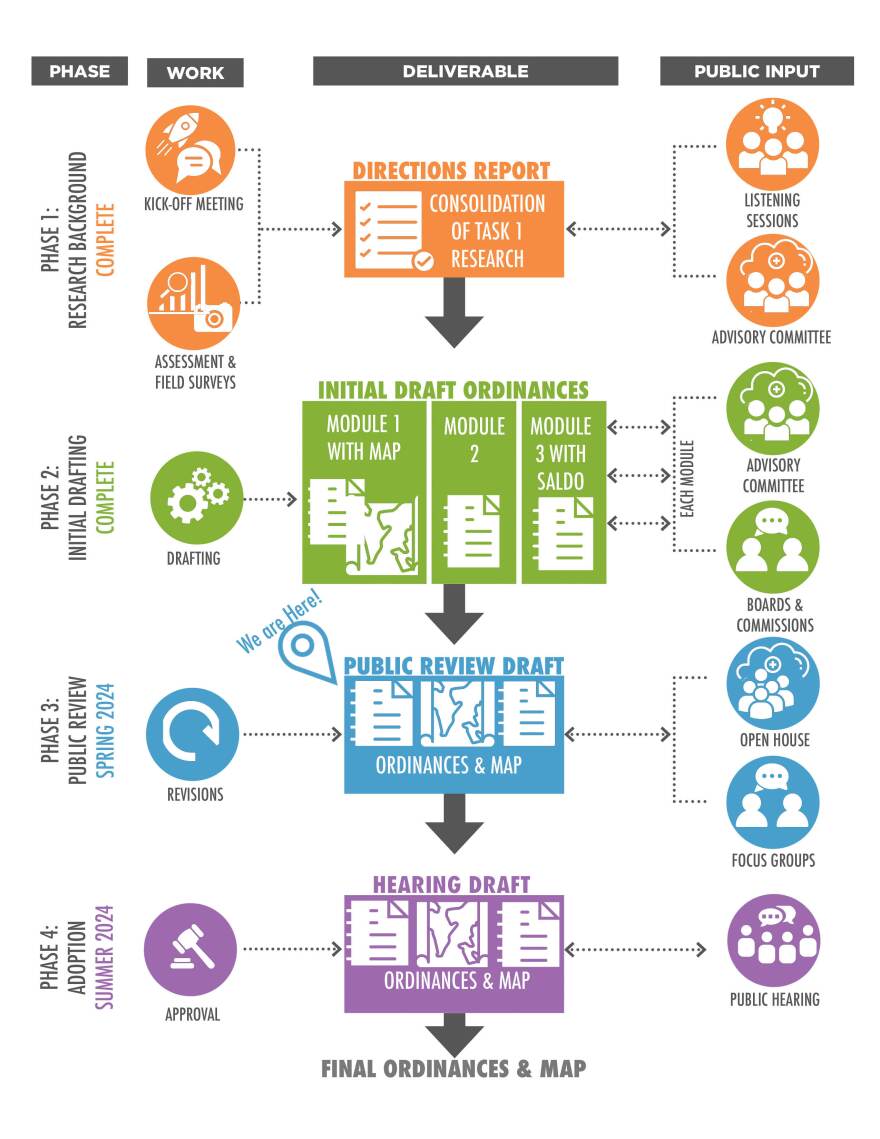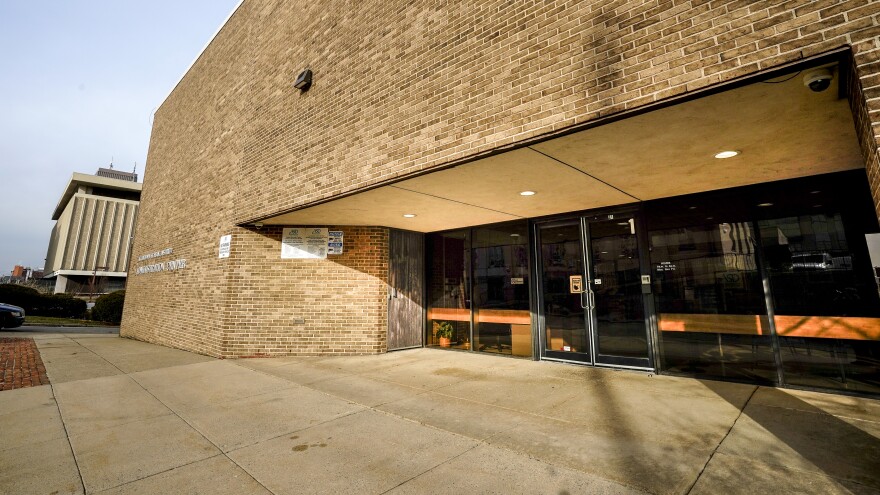ALLENTOWN, Pa. — Unlike other parts of the Lehigh Valley, the city hasn’t dealt with the sharp increase in development of logistics facilities — yet.
That means the time is now to plan for the future, according to the city’s Environmental Advisory Council.
“By being proactive, Allentown can create a more predictable environment for developers and consistent expectations for residents while giving the city the tools it needs to adequately assess, and potentially mitigate, the health, safety and general welfare impacts of today’s logistics industry," according to a letter approved Monday by council members to submit to the city.
EAC members on Monday night voted unanimously to submit comments to city officials on a proposed overhaul of zoning regulations, including eight recommendations.
While the comments take up three pages, there’s an additional 30 pages of notes and attachments.
"The Allentown EAC recommends that the city incorporate logistics into its zoning ordinance through a 'Logistics Overlay' that would be included among the city’s overlay zones."Allentown EAC, draft comments
In the document, council members argue city officials should include detailed provisions to address the rise of e-commerce and expansion of the logistics industry using the model established by PennFuture.
“The Allentown EAC recommends that the city incorporate logistics into its zoning ordinance through a ‘Logistics Overlay’ that would be included among the city’s overlay zones,” according to the draft comments.
‘Living with Logistics’
Earlier this year, city officials published the first look at a proposed overhaul of zoning regulations throughout the city — the ZONEAllentown page on the city’s website — and invited residents to provide feedback.
The new ordinance is meant “to clearly convey the city’s expectations for new development and redevelopment activities going forward,” according to an explanation on the site.
City officials are collecting feedback via email, and they plan to hold several meetings in July about the proposals. The goal is for new ordinances to be adopted and become effective this summer or fall.

Land use has been a point of contention across the Valley as development, both residential and commercial, continues to move into the region as populations swell.
Driven by $8.1 billion in manufacturing, the Valley's gross domestic product grew to a record $50.2 billion in 2022, according to the Lehigh Valley Economic Development Corp.
However, the region isn’t unique in dealing with land use issues, and advocates have stepped in to help.
In July, environmental advocacy nonprofit PennFuture released “Living with Logistics: A Model Logistics Use Zoning Ordinance for Pennsylvania Municipalities.”
The guide, more than 30 pages long, is “as a starting point for municipalities across Pennsylvania as they bring their zoning ordinances into the twenty-first century.” It focuses on the rise of e-commerce and the expansion of the logistics industry, and how land use laws can be updated to reflect the way society has changed.
In April, PennFuture’s legal team released “Public Participation, Public Power: A Community Guide to Local Land Use Decision-Making in Pennsylvania." An almost-100-page guide that includes explanations of state and local land use laws, the local governing bodies that make land use decisions, how to find and participate in local public meetings and more.
Environmental advocates and officials applauded the new guide, arguing it’s a much-needed tool to engage and empower residents across the commonwealth.
Recommendations
Using PennFuture’s guide as a starting point, EAC members noted that while not everything applies to the city, “it contains many valuable components.”
“For example, the definitions in the Model Ordinance are carefully crafted to rely on external and objective criteria that can be easily obtained from land use plans and application materials and not on information about the end user’s operations which are often unclear at the time of the application,” according to the draft comments. “Unlike most zoning ordinances, PennFuture’s Model Ordinance does not attempt to distinguish between a ‘warehouse’ and a ‘distribution center’ or ‘fulfillment center’ because, for purposes of zoning, this distinction is not very important.
“What matters more is the distinction between large logistics facilities and small ones and between facilities that will generate significant traffic impacts and those that won’t.”
EAC members argue the Model Ordinance has several advantages, including: it’s easy to administer at the planning and approval stage; tailoring of regulations; flexibility in siting; and flexibility in the level of review required.
There are also eight recommendations — first of which is that “the city should consider both the direct and the cumulative impacts to the local community.”
Other recommendations are focused on protecting sensitive natural features; evaluating compatibility with nearby uses; considering how land has actually been developed, not just how it is zoned; access to highways and other major transportation corridors; and capacity of existing water and sewer infrastructure, among others.
The letter ends with: “The Allentown EAC respectfully requests the city to carefully consider these recommendations and take a proactive approach to addressing the growing impacts of logistics facilities.”


